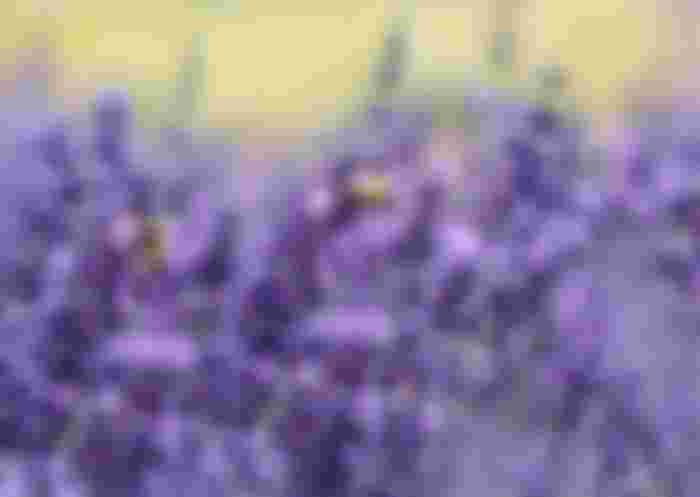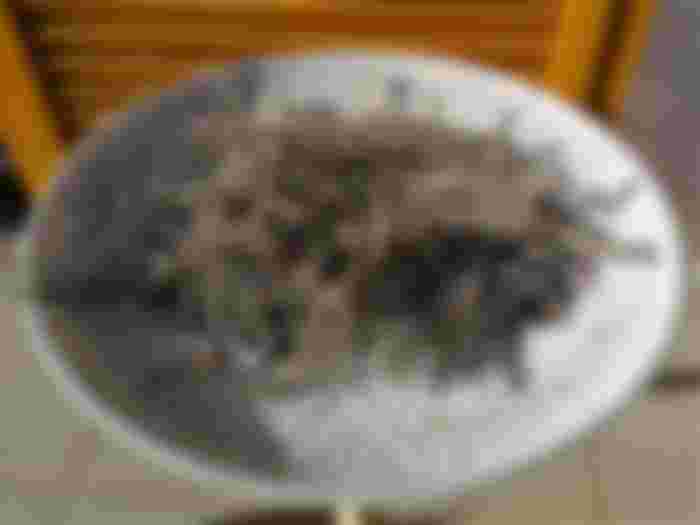The healing properties of lavender (Lavandula spica)
For thousands of years, medicinal plants have thrived in various natural areas. Nevertheless, people do not know all the secrets that nature provides. It is not enough to know the plant and its general characteristics, but we also need to know when is the right time to harvest the plants. Today we will have a look at "lavender" (Latin name: Lavandula spica), which belongs to the mint family. During the Roman empire, people appreciated the beneficial effects of lavender and used it in baths, and eventually also for home use due to its healing properties. In addition to its beautiful appearance, lavender brings a pleasant scent to the home and keeps away unwanted moths, skins and other insects.

The plant is more commonly present in the Mediterranean area, North Africa and India, especially in sunny areas. There are 30 different species of the plant mentioned and all have similar characteristics. Lavender is partly regarded as a bush as its lower part is a stem of wooden structure. Horizontally we can observe green stems about 50 cm in size and the leaves are located at the lower half of the stem. The flowers are located mainly at the top of the plant in purple-blue. The flowers at the top of the stems are hairy, narrowly random in shape with a curved edge and arranged in a classy inflorescence.

The recommended time for the harvesting of classic lavender and hybrid lavender is from July to September, preferably in midsummer. It is recommended to cut the plant with a stalk and then tie it into a larger bundle and hang it downside with flowers at the bottom to allow it to dry. The flowers can then be cut and used for various purposes and the oil can be obtained with steam distillation process. Some healing properties of lavender are: calms nerves, relaxes tired muscles, speeds up digestion and balances digestion, ease tense belly feeling, slightly accelerates urinary output, calms and drowsiness and, like melissa, reduce the feeling of nausea. Essential oils and baths are mostly prepared with the help of this plant. Essential oils and ointments are rubbed into the skin to improve blood circulation, treating skin diseases, itching and pain relief.
Lavender is therefore used in medicine, aromatherapy, herbal medicine, perfume making, cleansing, and essential oils. To consume as a beverage, infusions can be prepared by applying the smart parts of dried flowers of the plant to one jug of water at the tip of the knife (drink one glass three times a day). Lavender can also be prepared in dishes as a supplement or spice for sweet dishes, cakes, toppings and jams. For use in the healing bath, we use the infusions of two handfuls of flowers per liter of water, which is poured into a suitable warm bath.

One interesting thing to mention is the lavender story: the biblical term for lavender is "narda", so is the story that Adam and Eve are supposed to bring it from the Garden of Eden. It was also to be used by the Virgin Mary and later by herb-engaged monks. Of course, it is strongly recommended that you discuss all information regarding with herbs with your doctor or pharmacist. It can be said that lavender is a plant that helps with many health problems and is therefore noteworthy for a deeper observation.
A disclaimer: IT IS STRONGLY RECOMMENDED THAT YOU DISCUSS ALL INFORMATION REGARDING WITH HERBS WITH YOUR DOCTOR OR PHARMACIST BEFORE ANY USAGE!





This article is interesting and educative. I've never known that Lavender is that very useful, thought it is just a plant that sometimes be classified as weed.